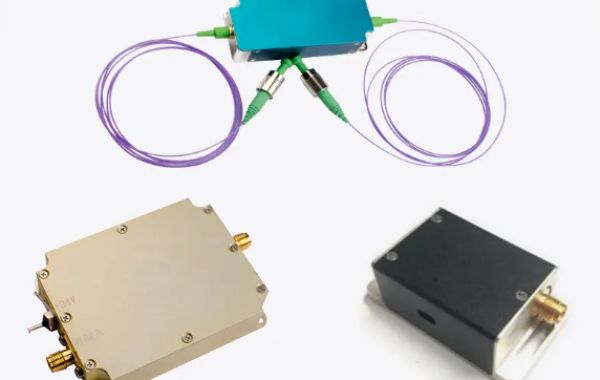A Fiber Optic Delay Line (FODL) operates on a simple yet effective principle: the speed of light in a vacuum is faster than in a medium like optical fiber. This difference in speed is exploited to introduce a controlled delay to an optical signal.
Here's a breakdown of the process:
- Light Transmission: An optical signal, typically a modulated light beam, is input into the FODL.
- Fiber Path:The light travels through a specific length of optical fiber. The length of this fiber determines the delay introduced to the signal.
- Signal Output: After traversing the fiber, the delayed optical signal emerges from the FODL.
The crucial factor is the refractive index of the optical fiber. This index determines how much the speed of light is reduced compared to its speed in a vacuum. By carefully selecting the fiber length and its refractive index, engineers can precisely control the delay introduced to the signal.
Key points to remember:
- Delay time: Directly proportional to the fiber length.
- Refractive index: Affects the delay for a given fiber length.
- Fiber type: Different fiber types (single-mode, multi-mode) have different refractive indices and propagation characteristics.







